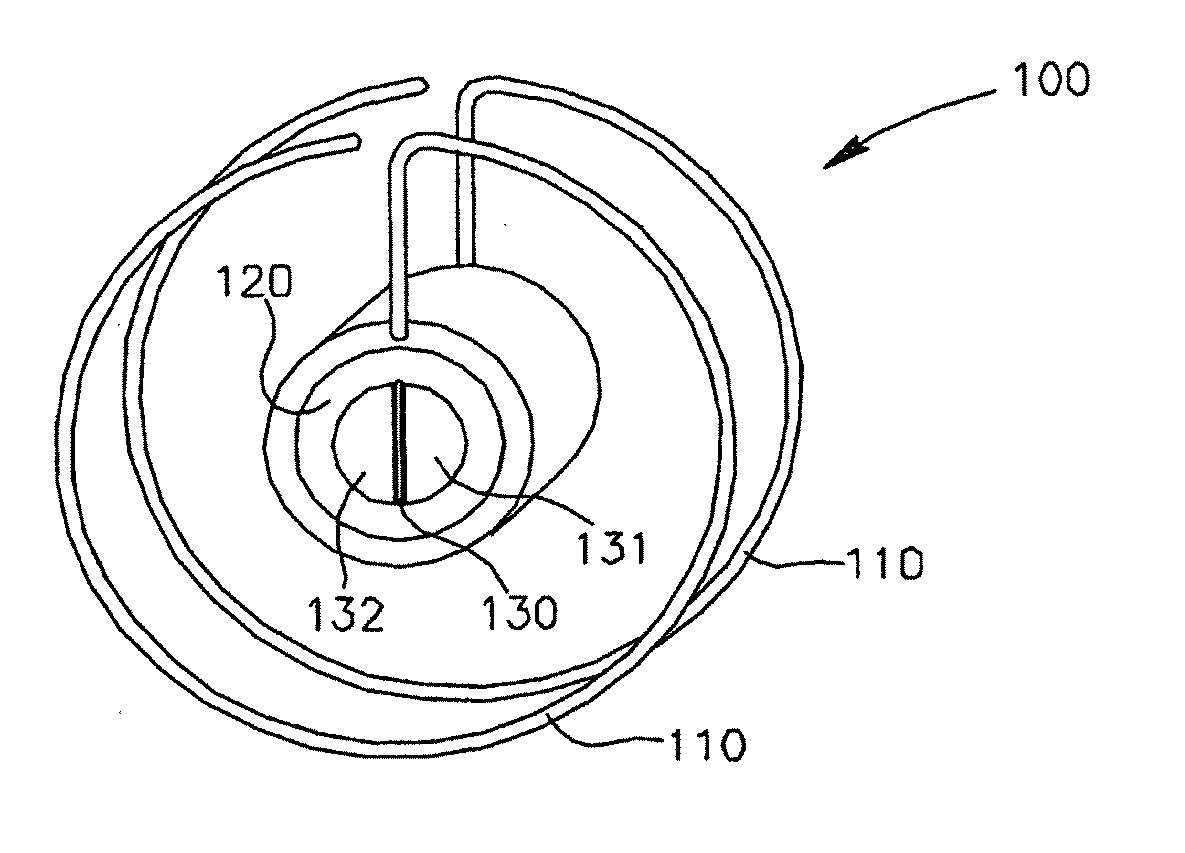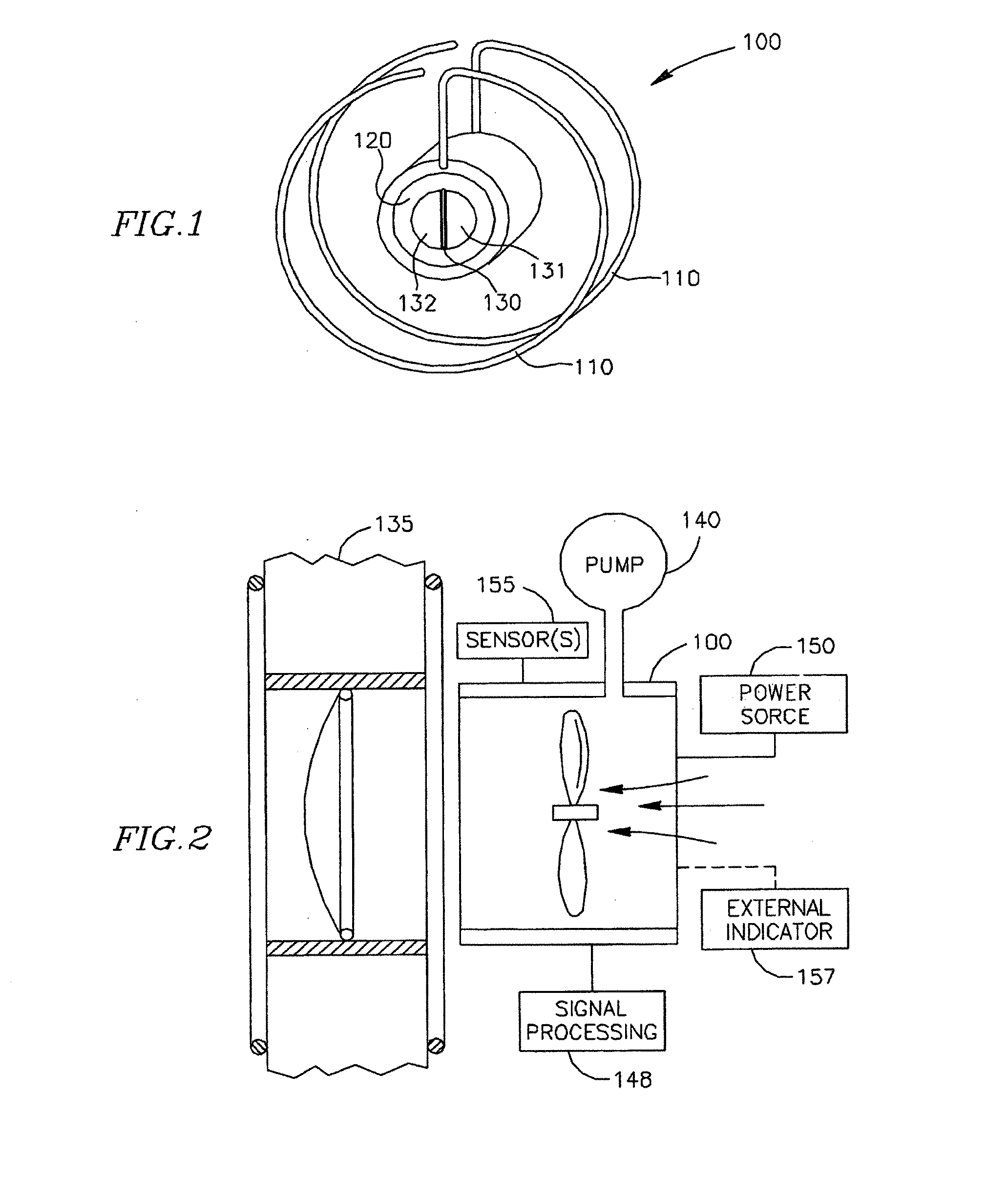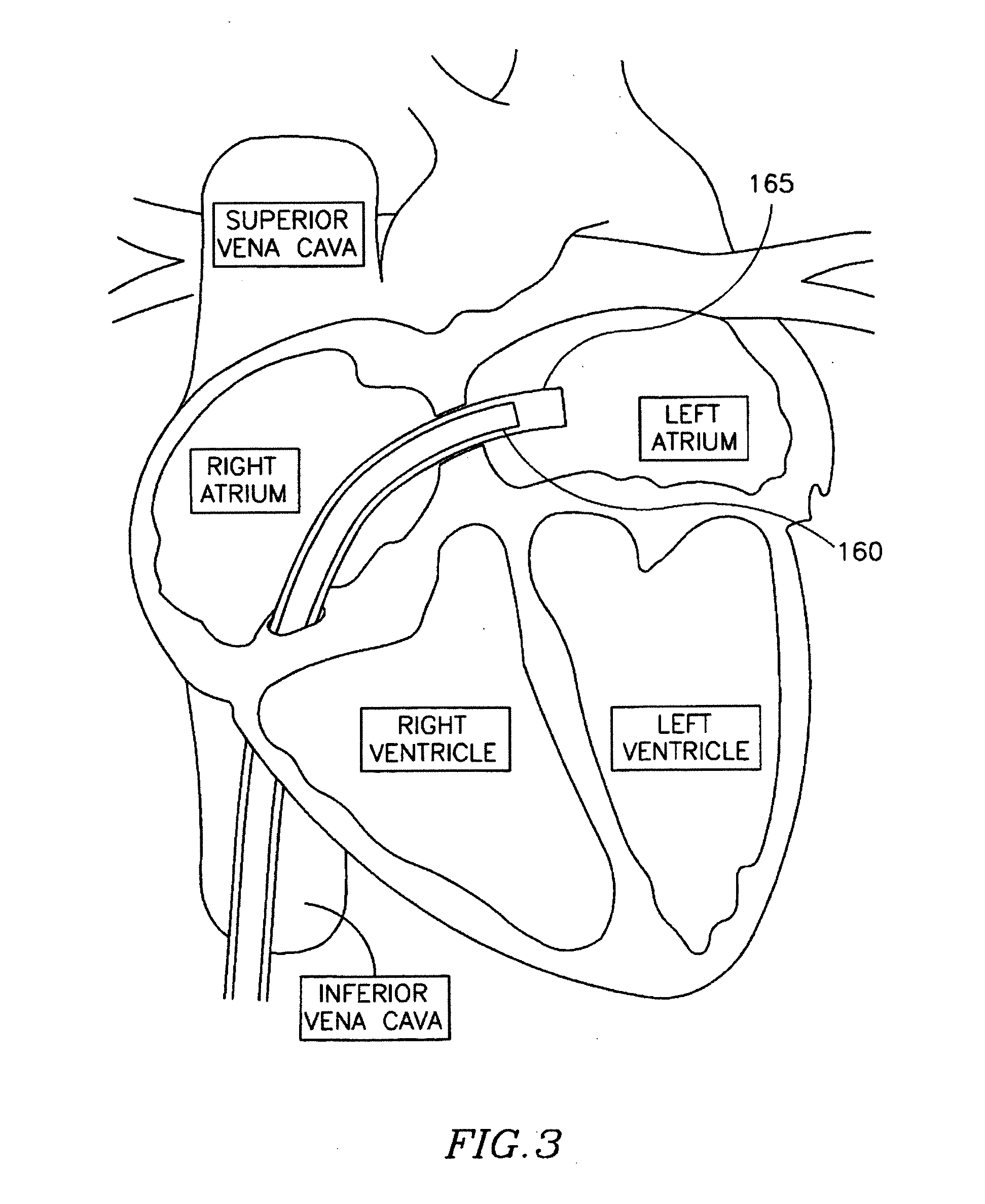CHF is an extremely serious affliction that has a great
impact on the
quality of life; it involves the loss of
heart rate variability and rate responsive mechanisms in the heart, leading to impaired ventricular relaxation and low exercise tolerance.
The latter mechanism is impaired in the hypertrophied or
failing heart due to reduced transcription of the genes that supply the
calcium pump proteins.
With damage to the myocardium or chronic volume overload, however, there are increased requirements put on the contracting myocardium to such a level that this compensated state is never achieved and the heart continues to dilate.
The basic problem with a large dilated left ventricle is that there is a significant increase in wall tension and / or stress both during diastolic filling and during systolic contraction.
However, in a
failing heart, the ongoing dilatation is greater than the hypertrophy and the result is a rising wall tension requirement for systolic contraction.
Additionally, because of the lack of
cardiac output, there is generally a rise in ventricular filing pressure from several physiologic mechanisms.
While
drug treatment improves quality of life, it has little effect on survival.
Moreover, the exercise tolerance of most patients is extremely low, as a consequence of limited
oxygen supply through the lungs.
These
drug therapies offer some beneficial effects but do not stop the progression of the
disease.
However, such ACE inhibitors have generally provided only moderate or poor results.
Up to a limit, the increased diastolic pressure and increased ventricular size result in augmented
stroke volume.
This compensatory mechanism is limited and has a significant physiologic price mainly when the slope of the pressure-volume curves turn steep, and left ventricular diastolic pressures becomes markedly high (>20 mmHg).
At this point, a state of pulmonary congestion may ensue, turning later to a life threatening state of
pulmonary edema.
Increased diastolic pressure in the left ventricle eventually in and of itself becomes a cause for greater degradation in cardiac function than occurred as a result of the original insult.
The augmented pressures may cause as stated previously pulmonary congestion and dyspnea.
However, none are fully satisfactory.
These drugs, either
direct acting on the vasculature or via neurohormonal mechanisms (ACE inhibitors), are limited in their effect since they may cause hypotension in a significant number of patients with myocardial dysfunction.
These pharmacological agents are of limited value mainly because of their side effects.
The use of diuretics is associated with side effects related to the drugs and to the detrimental effect on
renal function.
Vasodilators have also many side effects some of which limit the use of the drugs and their
efficacy including hypotension in many patients.
However, episodes where intraventricular diastolic pressure may rise above physiologic needs for cardiac
stroke volume augmentation and culminate into
pulmonary edema occur often and are very difficult to manage.
Finally, cardiac
transplantation is another solution, but is not a very practical and is limited to extreme cases and as are the various assist devices.
The
mechanical devices were built to allow propulsion of significant amount of blood (liters / min) and this is also their main technological limitation.
Thus, there exists a long-felt and as of yet unsolved need for a treatment that addresses the course of congestive heart failure, and in particular the
high pressure of the left ventricle and the compounding factors that are associated with it.
 Login to View More
Login to View More  Login to View More
Login to View More 


